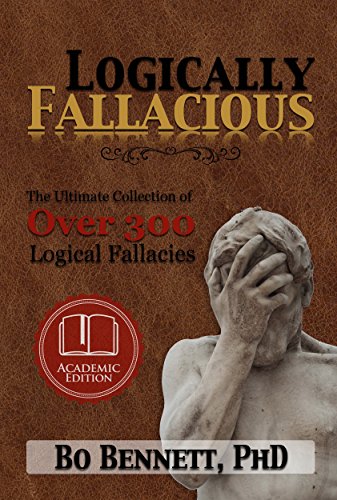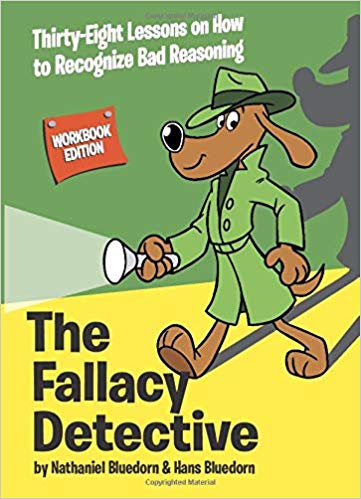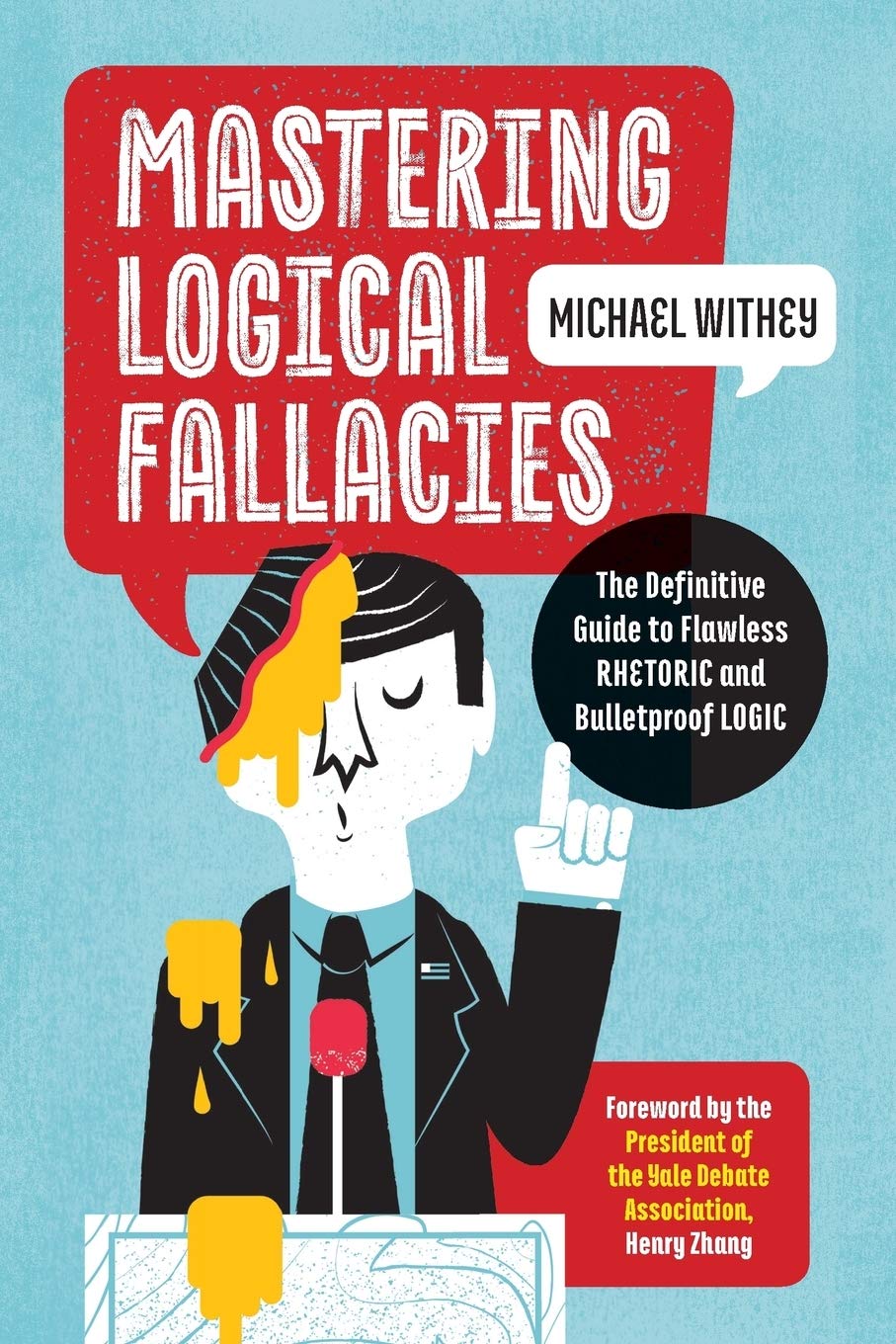
Ambiguity
The fallacy of ambiguity refers to the use of a double meaning or an unclear descriptive applied to mislead or misrepresent the truth. Then changing the meaning of the terms later.
Example of Ambiguity
- Bill Clinton's "I did not have sexual relations with that woman, Miss Lewinsky."
He later redefined the term "sexual relations" in the broad categorical understanding of that word, as opposed to the specific aspect which he was guilty of. - I know John very well. He would never do 'x'.
The 'know very well' is a vague claim, which cannot be readily verified.
- Alternative Name: Hedging
- Ambiguity is a fallacious argument often used by politicians.

Books About Logical Fallacies
A few books to help you get a real handle on logical fallacies.





AmbiguityExtended Explanation
The Ambiguity Fallacy is a logical fallacy that occurs when an argument is based on an ambiguous term or phrase. This can happen when the meaning of the term or phrase is unclear or when the term or phrase has multiple meanings. This can lead to a misinterpretation of the argument, resulting in an invalid conclusion.
The Ambiguity Fallacy involves deliberately misleading a person or audience by using a term or phrase that is not clearly defined. The speaker may not be aware that the term or phrase they are using is ambiguous, and they may be relying on the person or audience to interpret the meaning in a way that favors the speaker’s conclusion. The speaker may also be deliberately using the ambiguity to confuse the person or audience and lead them to an invalid conclusion.
When an argument relies on an ambiguous term or phrase, it is important to ask clarifying questions in order to ensure that everyone understands the meaning of the term or phrase in question. If the speaker does not provide a clear definition of the term or phrase, or if the definition is incomplete, this can lead to a misunderstanding of the argument. It is important to recognize that the Ambiguity Fallacy can be used intentionally or unintentionally, and it is important to be aware of the potential for this type of fallacy to occur in any argument.
The Ambiguity Fallacy can be difficult to spot, especially if the speaker is deliberately using it to mislead the person or audience. It is important to consider the context in which the ambiguous term or phrase is used and to ask clarifying questions in order to ensure that everyone understands the meaning of the term or phrase in question. If the speaker does not provide a clear definition of the term or phrase, or if the definition is incomplete, this can lead to a misunderstanding of the argument. Recognizing the potential for this type of fallacy to occur in any argument is the first step to avoiding it.